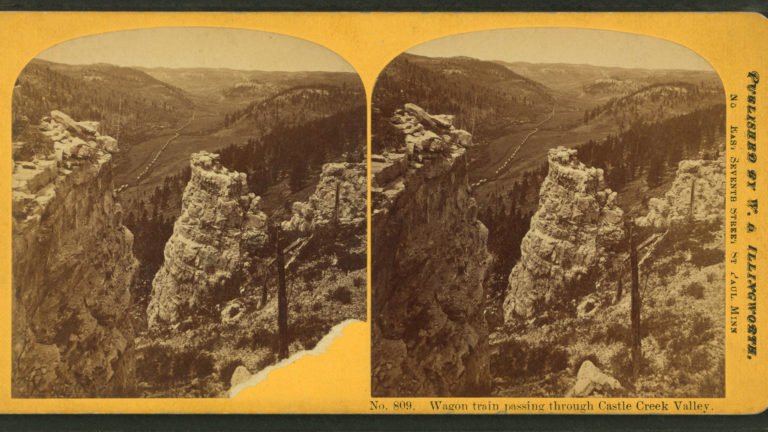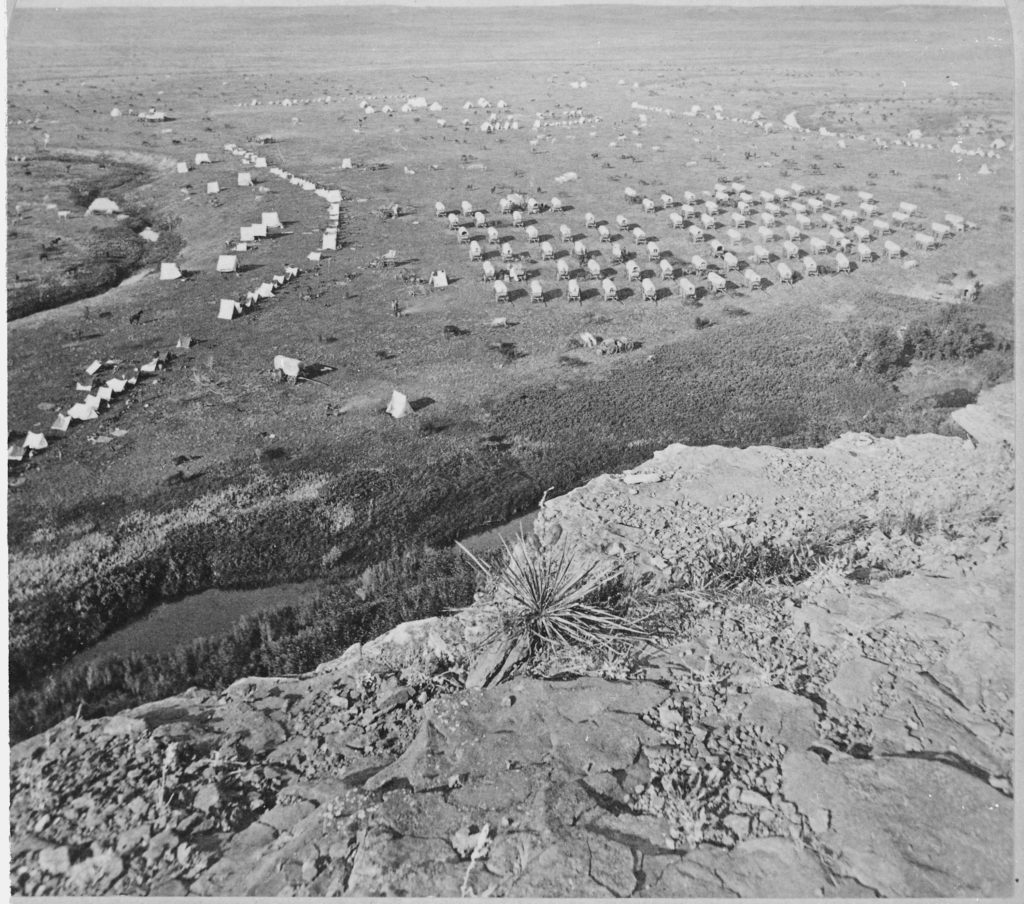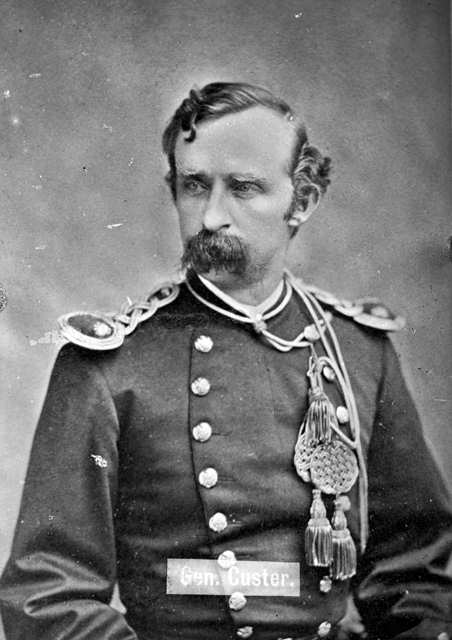The struggle for control of the Black Hills region is a story in itself. If one were to pick a defining moment in the story of the Black Hills coming under the control of the United States, it would likely be the Custer Expedition of 1874.
In 1872, Secretary of the Interior Columbus Delano, in part, set the stage for the expedition to the Black Hills. In a letter written on March 28, l872, Secretary Delano, responsible for the Sioux territorial rights in the region, said:
“I am inclined to think that the occupation of this region of the country is not necessary to the happiness and prosperity of the Indians, and as it is supposed to be rich in minerals and lumber it is deemed important to have it freed as early as possible from Indian occupancy. I shall, therefore, not oppose any policy which looks first to a careful examination of the subject… If such an examination leads to the conclusion that country is not necessary or useful to Indians, I should then deem it advisable…to extinguish the claim of the Indians and open the territory to the occupation of the whites.”
Delano’s remarks were in direct contradiction of terms defined in the l868 Laramie Treaty that states: “…no persons except those designated herein … shall ever be permitted to pass over, settle upon, or reside in the territory described in this article.”
Delano states the major reasons for an exploration in his letter: Americans and representatives in Dakota Territory felt that there was too much land allotted for too few Sioux (estimated to number from 15 to 25,000 in 1872); and the existence of mineral and natural resources in the area. Coincidentally, America entered a period of economic downturn in 1873. It has been widely speculated since that time that the Delano letter and other previous reports and rumors regarding the wealth of the Black Hills brought about the expedition of the following year.
General Alfred H. Terry of the Headquarters of the Department of Dakota in St. Paul formally ordered the exploration of the Black Hills on June 8, 1874. Lieutenant Colonel George A. Custer was given command of the expedition from Fort Abraham Lincoln, Dakota Territory. The Custer Expedition was given orders to explore the region and evaluate possible sites for a fort in or near the Black Hills.
The expedition departed on July 2, 1874. The mile-long procession was lead by a buckskin-clad Custer on his favorite bay thoroughbred at the head of ten Seventh Cavalry companies, followed by two companies of infantry, scouts and guides. The detachment comprised more than 1000 troops and one black woman, Sarah Campbell, the expedition’s cook. Six-mule teams pulled 110 white canvas-topped wagons, horse-drawn Gatling guns and cannons, and three hundred head of cattle trailed to provide meat for the troops. A scientific corps included a geologist and his assistant, a naturalist, a botanist, a medical officer, a topographical engineer, a zoologist, and a civilian engineer. Two miners, Horatio N. Ross and William T. McKay, were attached to the scientific corps. Custer also brought a photographer, newspaper correspondents, the company’s band, hunting dogs, the son of U. S. President Ulysses S. Grant, as well as his younger brothers, Tom and Boston.




